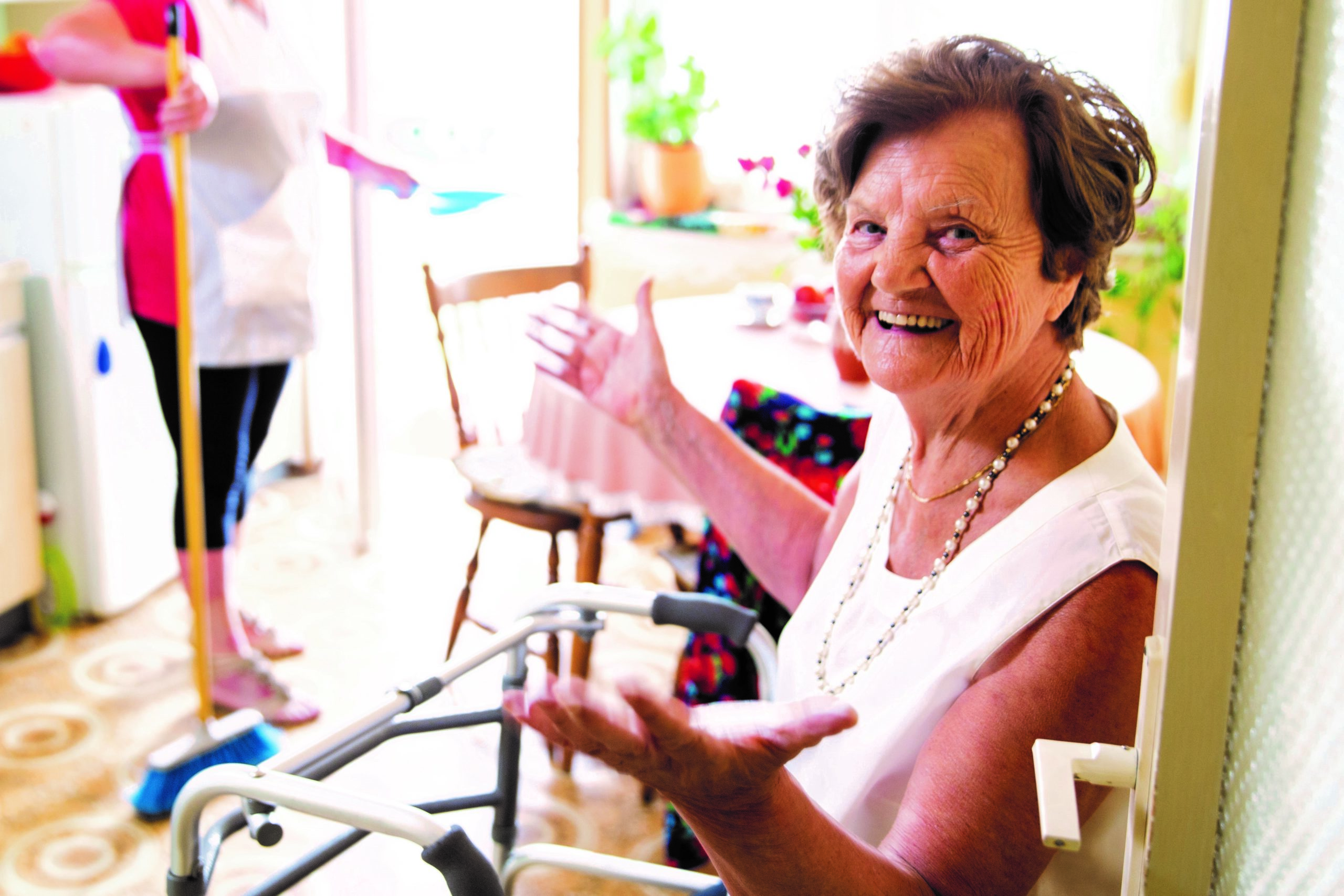How do women use aged care services in later life?

“Have joined the [Aged Care Provider] and they have been a great help to me I get 2 hrs of cleaning once a week and a helper to take me shopping every Monday. Dinners or Cinemas etc. once a month. They are very supportive in every way.”
1921-26 Cohort Participant
Highlights
- Majority of older women (76%) using home community care services recorded only low to moderate use.
- Increased use of community aged care delayed admission to permanent residential care.
- Remote/regional women had a lower risk of entering residential care than residents of major cities.
- Falls or low physical functioning increased the risk of admission to residential care.
What is this research about?
Most women will use aged care services at some point. These services mostly start with basic home care and often involve residential aged care in the last two or three years of life.
The majority of Australia’s aged care system is funded and regulated by the government. The Government’s policy focus is on providing services that allow us to age at home, but residential aged care facilities use up to two-thirds of aged care funding. The researchers wanted to look at the timeframe and reasons for moving from home and community care to permanent residential aged care in later life.
What did the researchers do?
The researchers used data from 8062 participants of Women’s Health Australia aged between 75 to 93. These women had used home and community care services for more than one month between July 2001 and June 2014. Their survey data were linked with administrative aged care data and national death records. Researchers looked at the length of time between when home and community care was first used and when home care were stopped after women entered permanent residential aged care.
What did the research find?
About 70% of the 1921-26 Cohort used home care support between the ages of 70 and 90. Forty-four percent were admitted to permanent residential aged care in the last few years of life.
A little bit helps, most women only use a few basic home services for things like domestic assistance, home maintenance, transport, nursing, meals and care coordination. However, around one in four women have more complex needs and frequently use lots of different services.
Importantly, we found that using home care can slow the rate of admission to residential care. Women who used more services had a significantly lower rate of admission to residential aged care than women who only used a few basic services.
How can you use this research?
This is positive news for those of us who prefer to age in our homes, and for the Government. Reducing inappropriate admissions could free resources to meet the growing demand for aged care services, and result in a better quality of life for women in their later years.
Citation
*Rahman M, Efird J, Byles J. Older women’s patterns of home and community care use and transition to residential aged care: An Australian cohort study. Maturitas 2020: 131; 28-33. https://doi.org/10.1186/s12877-019-1291-z.

